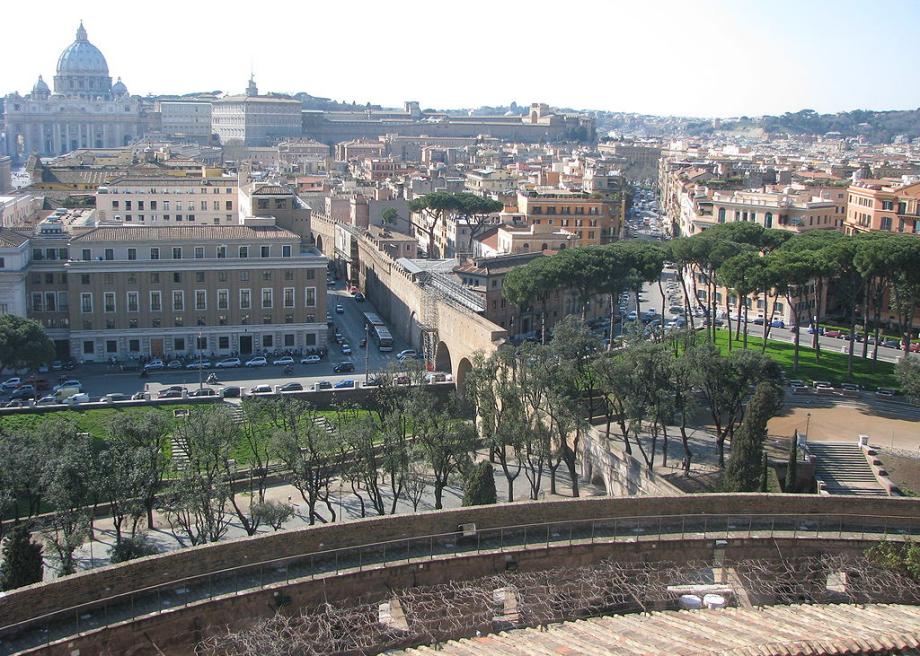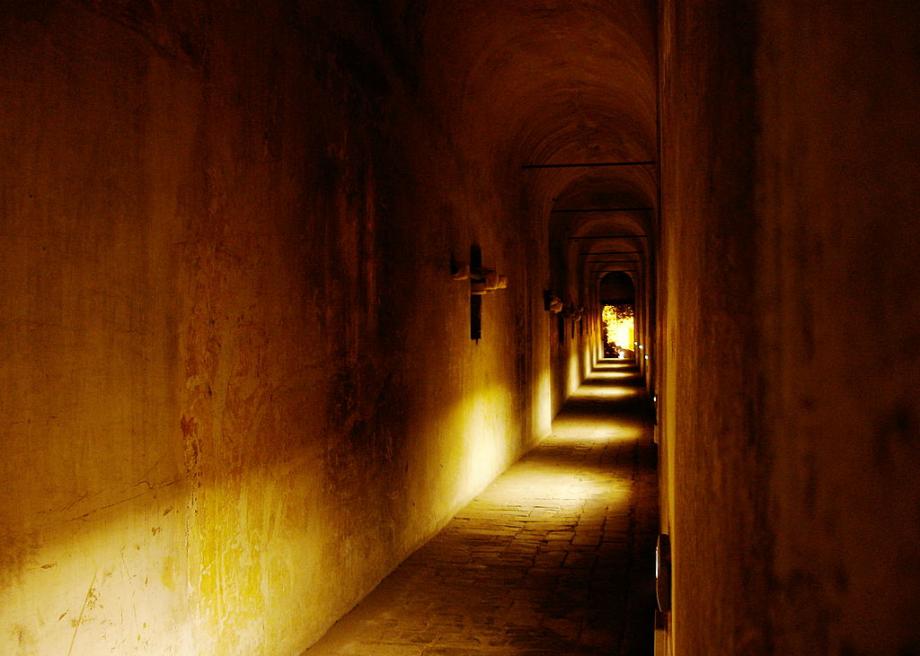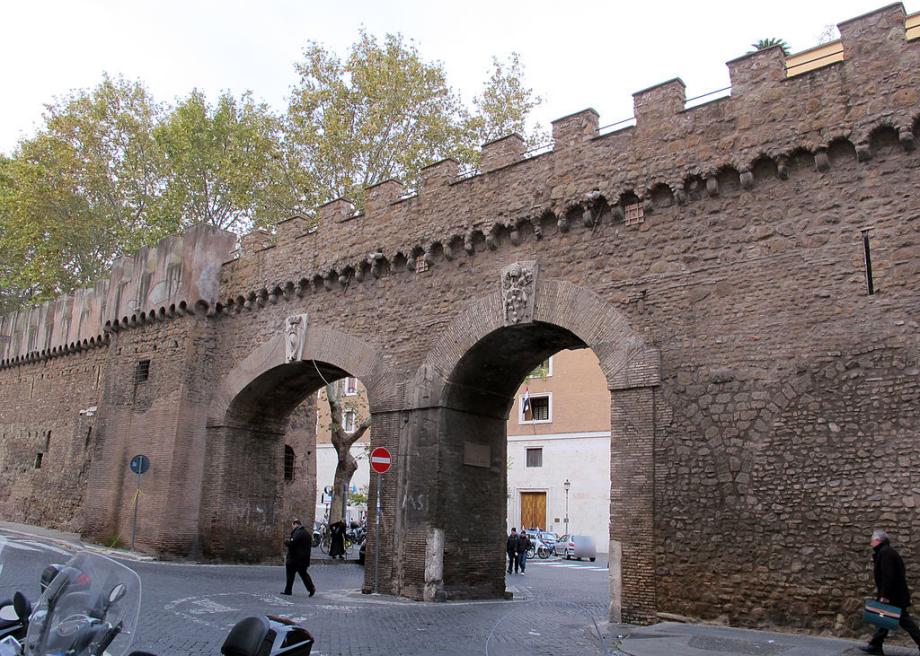Passetto di Borgo: The Hidden Papal Escape Route

Atlas Obscura on Slate is a blog about the world’s hidden wonders. Like us on Facebook and Tumblr, or follow us on Twitter.
To the average eye, the stone Passetto di Borgo that runs 2,600 feet from Vatican City to the Castel Sant’Angelo looks like a plain old fortification. But within its walls is a passageway that several popes have used as an emergency escape route.
Construction of the wall dates back to 850, with Pope Nicholas III overseeing the creation of its current form in 1277. Pope Alexander VI finished the wall in 1492—and just in the nick of time. He used it to flee the invading French two years later.
The most recent papal escape was in 1527, when Clement VII evaded the 20,000 mutinous troops of Charles V. Said troops went on to murder most of the Swiss Guard on the steps of St. Peter’s Basilica.
Following the high drama of the 16th century, the Passetto languished in declining condition, closed to the public but available to the reigning pope in case of a crisis. In 2000, in honor of the Roman Catholic Church’s Great Jubilee year, the Passetto was renovated. In recent years it has opened to visitors for a limited time each summer.


More hidden passages around the world:
